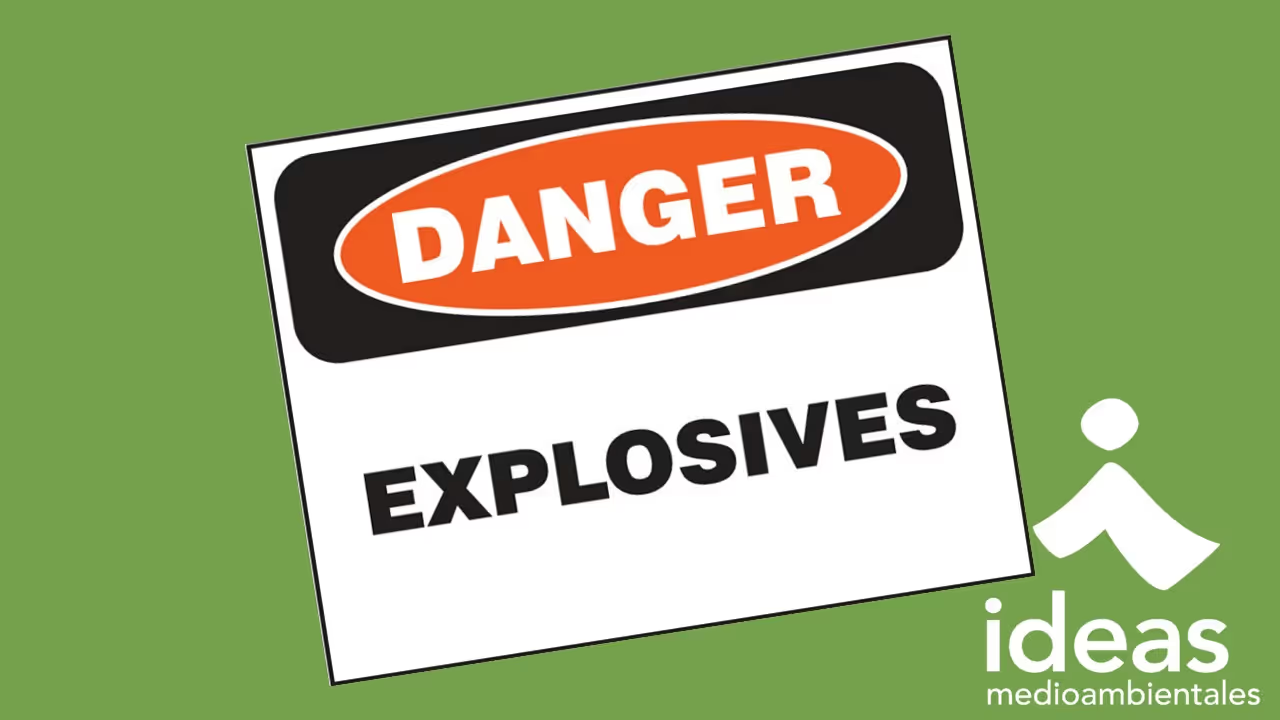Our colleagues spend a large part of their time and working day in the field, and as with all jobs, there are various risks and dangers that can arise. Today we are going to focus on one, which despite being quite rare (at least in our region), is not alien to us. We refer to the explosive devices.
In Spain, there are countless explosive devices scattered across multiple fields of battle (from the Napoleonic era to the Civil War), in addition to those that remain unexploded in former shooting ranges and military practices. These devices are dangerous and should not be handled under any circumstances, since the explosive charge can remain active and over the years they become unstable.
What should we do if we locate one of these artifacts?
- First of all, Don't manipulate it, as we mentioned before, the loads can still be active and can be unstable. Therefore, handling any object of these characteristics involves quite a few risks and must be carried out by specialized personnel (TEDAX).
- Second, take photographs And if it's possible GPS coordinates.
- Finally, get away from the area and Notify the competent authorities, Guardia Civil, National Police, Mossos d'Equadra or the Ertzaintza.
What are the most common artifacts?
As an example, we present two examples of artifacts located by our colleagues:
- Artillery projectile (Howitzer), this is a solid bullet projectile, which contains an explosive and other filler (shrapnel, chemicals, smoke...)
- 81 mm mortar shell. This is a projectile used primarily to support the infantry. During the Civil War, the use of the Valero Model 1933, a medium mortar with great destructive power, became fashionable.
Bibliography:
- https://www.guardiacivil.es/es/servicios/consejos/bomba.html
- https://mossos.gencat.cat/es/consells_de_seguretat/consells-en-cas-de-trobada-dun-artefacte-explosiu-de-la-guerra-civil/
- https://www.rtve.es/noticias/20130918/heridos-graves-hombre-su-hijo-tras-explotar-artefacto-guerra-civil/747321.shtml
- https://www.elnortedecastilla.es/sociedad/perro-encuentra-granada-20210819131823-ntrc.html
- https://www.gasteizhoy.com/localizan-un-obus-de-la-guerra-civil-en-una-obra/
- https://aulamilitar.com/COLECCION_DE_GRANADAS_DE_MANO_Y_MINAS.pdf?ID
Fernando Ruiz, Archaeology
Ideas we share
What we really think. 0% spam contamination


.avif)

.avif)




